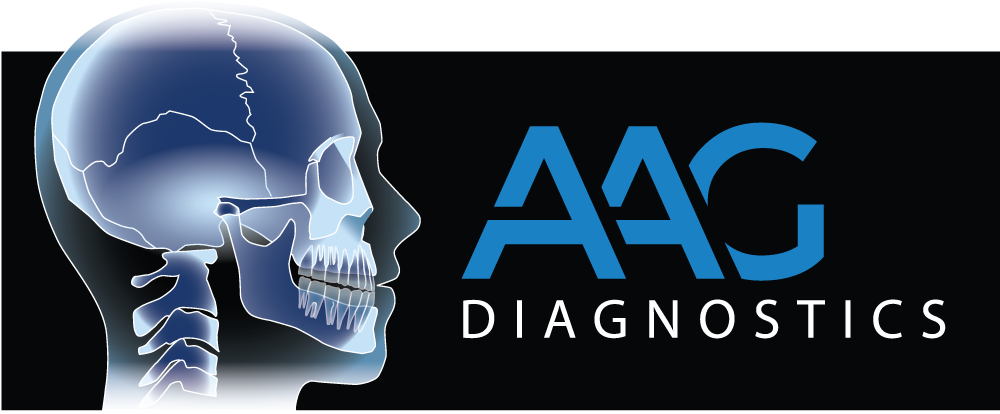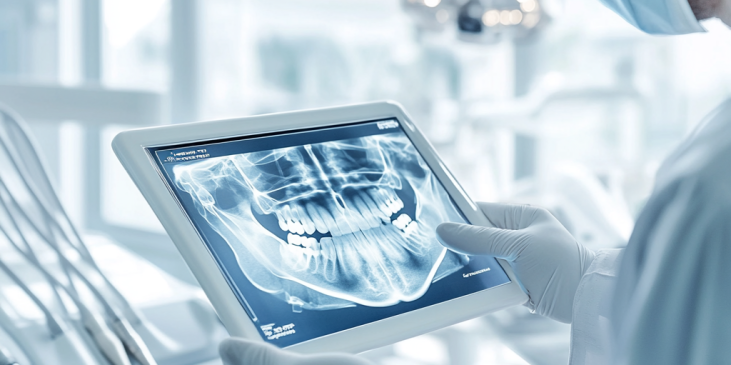X-rays are one of the most important tools in modern medicine, helping doctors diagnose a wide range of health conditions with ease and precision. Since their discovery over a century ago, they have revolutionized the way we approach healthcare. While they’re often associated with simple bone fractures or chest scans, X-rays have a much broader role in both diagnosing and treating medical conditions. Let’s take a closer look at why X-rays are so essential in the world of medicine.
The Basics of X-ray Technology
X-rays work by passing a form of electromagnetic radiation through the body. As the radiation moves through, it is absorbed by different tissues in varying amounts. Dense tissues, like bones, absorb more radiation and appear white on the X-ray image, while softer tissues, like muscles and organs, absorb less and appear in shades of gray. This contrast creates an image that allows doctors to see inside the body without the need for surgery or invasive procedures.
Fact: X-rays Help Detect Medical Conditions Early
One of the most important benefits of X-rays is their ability to detect health issues early, often before symptoms even appear. This early detection is crucial for treating a wide variety of conditions, from broken bones to lung infections or even cancer. For example, chest X-rays can help identify pneumonia or tumors, while mammograms (which are a form of X-ray) are used to detect early signs of breast cancer.
The ability to spot issues early means doctors can intervene more quickly, leading to better outcomes for patients. A broken bone can be set properly, a tumor can be removed, and infections can be treated before they become more serious—all thanks to the power of X-ray imaging.
Myth: X-rays Are Too Dangerous to Be Used Regularly
A common concern people have about X-rays is the potential risk from radiation exposure. While it’s true that X-rays involve exposure to radiation, the amount used in modern medical imaging is very low and generally considered safe. In fact, the risk from a typical medical X-ray is minimal compared to the benefits it provides.
Radiologists and doctors carefully consider the need for an X-ray and always ensure that the radiation dose is kept as low as possible while still providing the necessary diagnostic information. With advancements in technology, such as digital X-rays, the amount of radiation used has decreased significantly over the years, making them even safer for patients.
Fact: X-rays Play a Crucial Role in Cancer Treatment
X-rays are also essential in cancer treatment. Radiation therapy, which uses high doses of radiation to kill cancer cells, is a treatment that relies heavily on X-ray technology. By pinpointing the exact location of tumors using X-ray imaging, doctors can deliver focused radiation directly to the cancerous cells, minimizing damage to surrounding healthy tissue. This ability to target cancer cells with precision has led to significant advances in cancer treatment, offering patients a better chance at recovery.
Myth: X-rays Are Only Useful for Bones
While X-rays are most commonly associated with diagnosing bone fractures, their uses extend far beyond that. In fact, X-rays are used to examine a wide range of internal organs, including the lungs, heart, and digestive system. For example, a chest X-ray can help detect lung conditions like tuberculosis or lung cancer, while abdominal X-rays can reveal problems with the digestive system, such as blockages or perforations.
X-rays are also key in monitoring the progress of treatment. Whether it’s tracking the healing of a bone fracture or observing the shrinkage of a tumor, X-ray images provide real-time feedback that helps doctors adjust treatments as needed.
Fact: X-rays Contribute to Medical Research and Advancements
Beyond patient care, X-rays also play a significant role in medical research. By allowing scientists to study the structure of bones, tissues, and even molecules, X-ray imaging has contributed to many breakthroughs in medicine. Techniques like X-ray crystallography have been essential in understanding the structure of proteins and other complex molecules, leading to advancements in drug development and disease treatment.
X-rays are also used in medical education and training, helping future doctors and medical professionals learn how to interpret images and make diagnoses.
Conclusion: The Lasting Impact of X-rays in Medicine
X-rays have proven to be one of the most powerful and indispensable tools in modern medicine. From early detection and diagnosis to guiding cancer treatments and advancing scientific research, X-rays continue to have a lasting impact on healthcare. While concerns about radiation are understandable, the technology behind X-rays is carefully controlled to ensure that their benefits far outweigh any risks.
As technology continues to improve, X-rays will remain an essential part of medical care, offering doctors and patients new ways to understand, treat, and prevent a wide range of health conditions.

